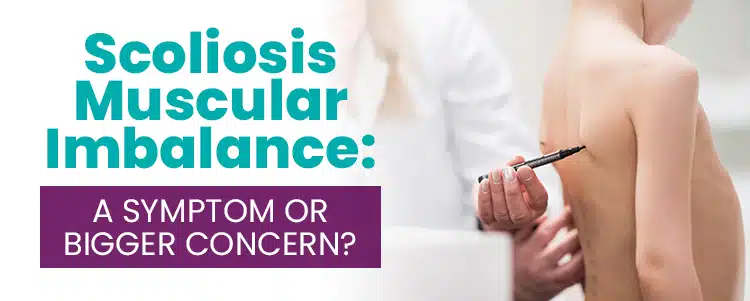

Scoliosis Muscular Imbalance: A Symptom or Bigger Concern?
Scoliosis introduces a lot of uneven forces to the body, which is why one of its main symptoms is postural deviation, involving a disruption to the body’s overall symmetry.
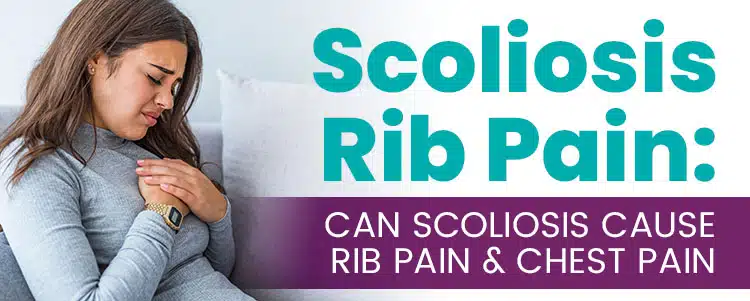

Scoliosis Rib Pain: Can Scoliosis Cause Rib Pain & Chest Pain
Scoliosis pain is common in adult patients. Pain in the rib cage happens when the spinal curve pulls, causing a disruption of the rib cage's natural position.
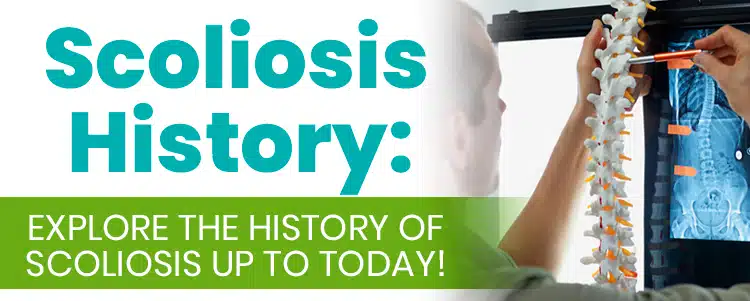

Scoliosis History: Explore The History of Scoliosis Up To Today!
Scoliosis has been around for as long as humans have inhabited Earth, but the name scoliosis didn’t appear until much later; initially, it was known as a deformity.
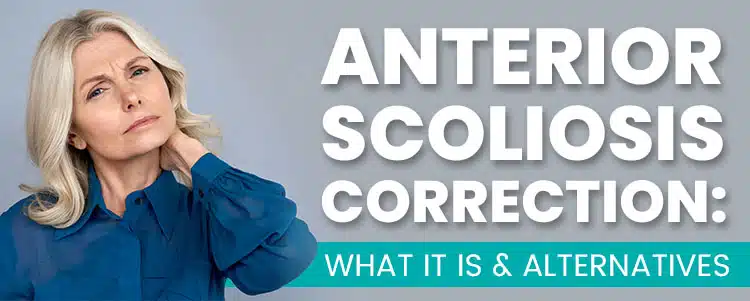

Anterior Scoliosis Correction: What It Is & Alternatives
Traditional spinal fusion is often a very invasive procedure. However, there are less invasive options that can help, such as anterior scoliosis correction.
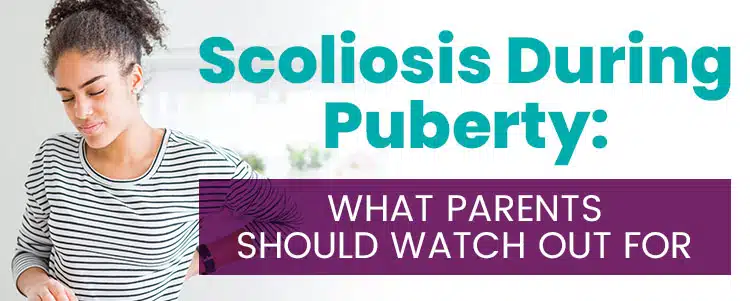

Scoliosis During Puberty: What Parents Should Watch Out For
During adolescent stages, growth and development are the highest risks for scoliosis in teenagers.
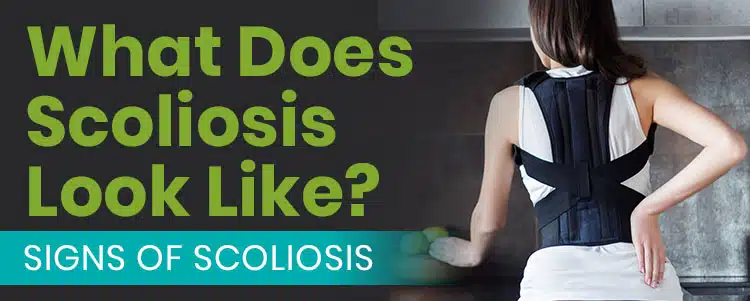

What Does Scoliosis Look Like?
Scoliosis might not be physically noticeable at first. This depends on the curve's size and the patient's age; as it progresses, the symptoms become visible.
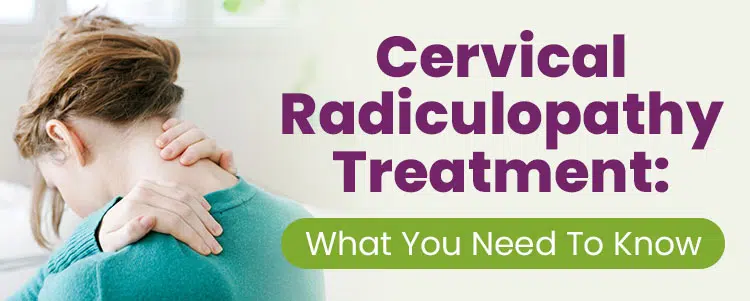

Cervical Radiculopathy Treatment: What You Need To Know
Cervical radiculopathy is a compressed root in the neck area of the spine that becomes irritated.
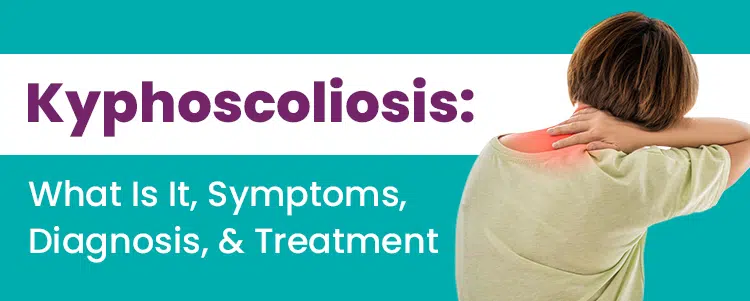

Kyphoscoliosis: What Is It, Symptoms, Diagnosis, & Treatment
We often find spinal condition combinations; kyphoscoliosis is one of those conditions.
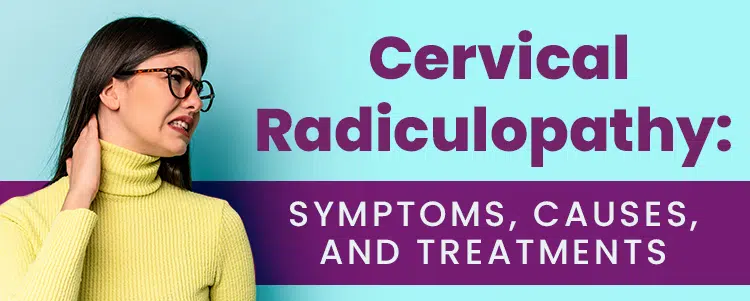

Cervical Radiculopathy: Symptoms, Causes, and Treatments
When the cervical spine is compressed, nerve roots become affected, causing pain and impacting the neurological function of the spine.
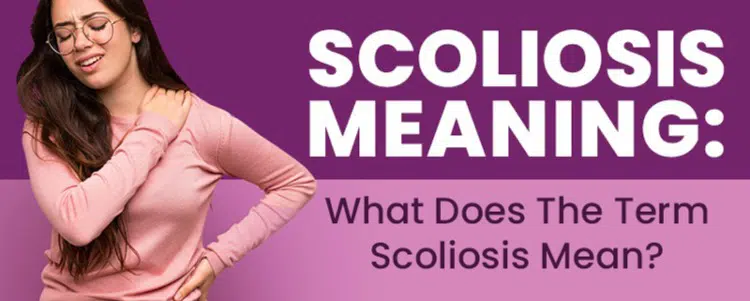

Scoliosis Meaning: What Does The Term Scoliosis Mean?
When a patient is diagnosed with scoliosis, it means that person has developed an abnormal or unnatural curve on their spine of 10 degrees or more.

Scoliosis Awareness Month: When Is It and What Happens?
Scoliosis Awareness Month is an annual recurrence, created with the purpose of spreading awareness and educating patients on the benefits of proactive scoliosis treatment.
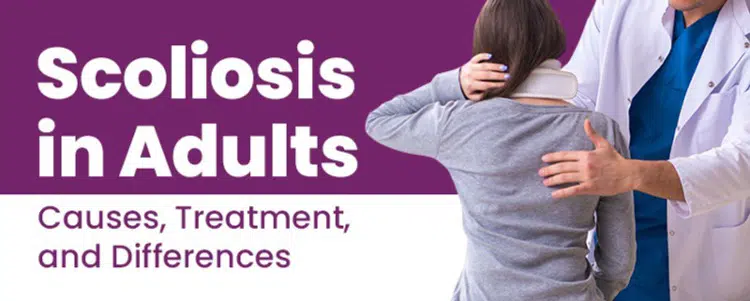

Scoliosis in Adults – Causes, Treatment, and Differences
While a lot of the talk about scoliosis causes, symptoms, & treatment focuses on children & adolescents, the topic of scoliosis in adults also merits attention.
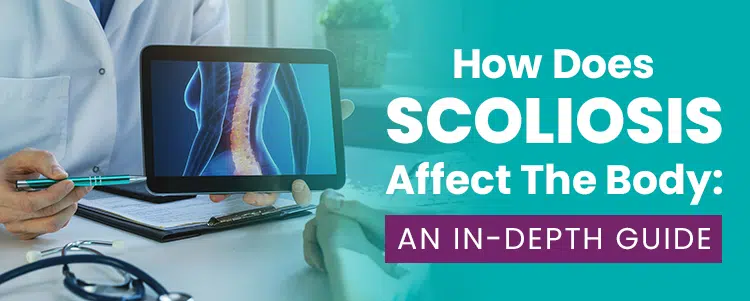

How Does Scoliosis Affect The Body: An In-Depth Guide
Each case of scoliosis is unique but regardless of severity level or type of scoliosis, the main area of impact is the body’s natural symmetry and alignment.
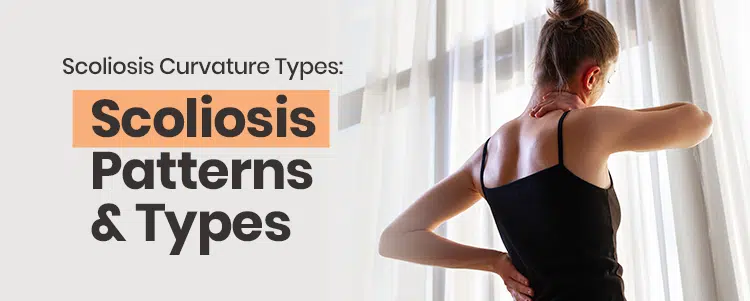

Scoliosis Curvature Types: Scoliosis Patterns & Types
here are different types of scoliosis. One of the determinants is the scoliosis pattern, its location in the spine, and if the source is known or not.
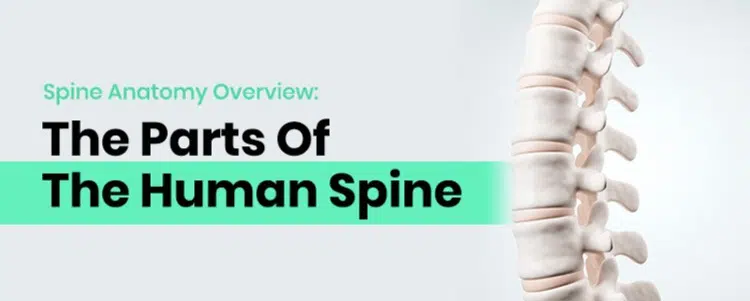

Spine Anatomy Overview: The Parts Of The Human Spine
Understanding spine anatomy is important because as such an integral part of human anatomy, its heath and function needs to be valued and preserved.
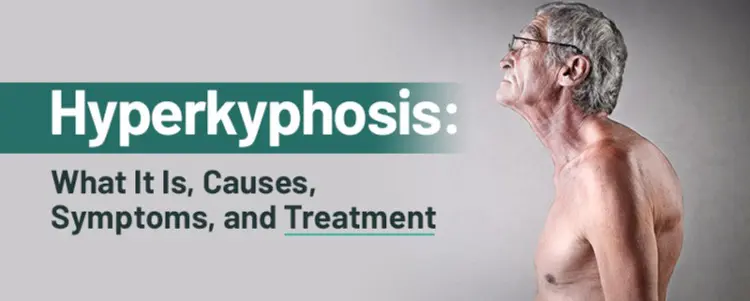

Hyperkyphosis: What It Is, Causes, Symptoms, and Treatment
There are many spinal conditions that involve a loss of the spine’s healthy curves; hyperkyphosis involves an excessive inward curvature of the thoracic spine.
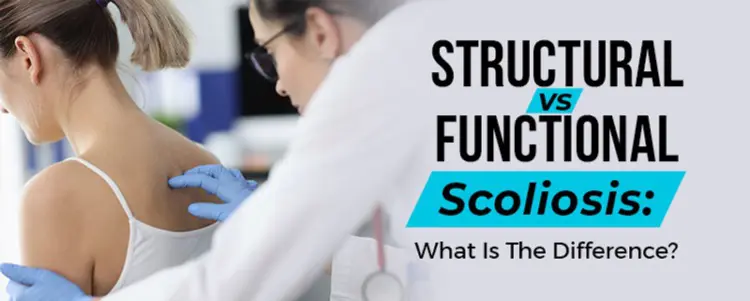

Structural vs Functional Scoliosis: What Is The Difference?
Structural scoliosis is caused by a structural abnormality within the spine itself, while functional scoliosis is more related to temporary issues.
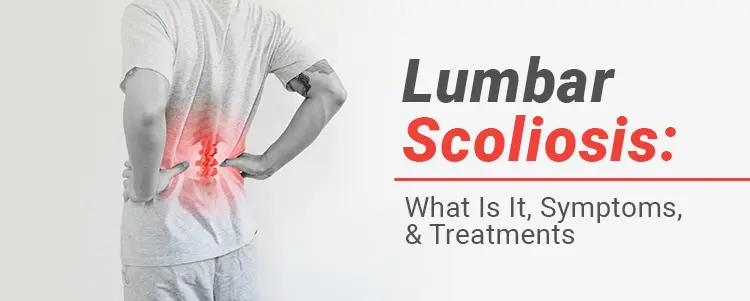

Lumbar Scoliosis: What Is It, Symptoms, & Treatments
Scoliosis is a progressive spinal condition that can develop anywhere along the spine, including lumbar scoliosis that involves the lower back.
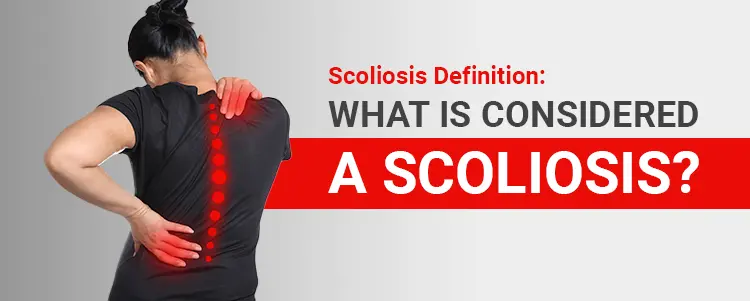

Scoliosis Definition: What Is Considered A Scoliosis?
Let’s discuss what makes an accurate scoliosis definition, & the different forms of the condition that can develop, along with their condition characteristics.